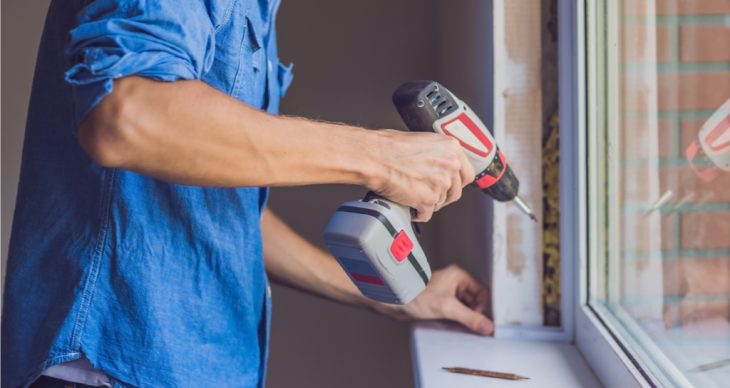Your Guide to Getting Through a Home Renovation
If you own a home, then you probably know that repairs and maintenance come with the territory — literally.
Sometimes, however, it seems like the repairs never end, leaving some homeowners struggling to absorb the costs. Fortunately, there are steps you can take to make sure you stay on top of urgent repairs and reduce their financial impact on your budget.
When it comes to repairs and renovations, owning a home means knowing which issues need immediate attention and which ones can sit for a while.
Unfortunately, it’s not always easy to tell the difference.
Some house repair issues (like peeling paint, for example) can seem small but can actually be symptoms of a bigger problem. Other times, problems that look like they will need professional attention end up being easy to take care of yourself.
Here are a few of the issues you should address as soon as you see them:
- Wall or ceiling stains. Usually, dirty-looking stains in these places are due to roof issues or water leakage. Since a long-term water leakage can cause major problems if left unchecked, you may want to hire a professional to identify where the water is coming from and fix the issue.
- Plumbing repairs. Similar to the problem above, plumbing repairs are extremely important to take care of as soon as they pop up. A leaky pipe or a minor toilet repair is something you may be able to take care of yourself. But often, clogged drains can be the result of bigger issues that may require the help of a plumber.
- Signs of termite damage. When it comes to termites, the sooner you deal with any issues you notice, the greater your chances of avoiding any serious termite wood damage. If left unchecked, termites can eat through your home and eventually make the structure unsafe. A few common signs of termite damage are unusually creaky floorboards, damaged wood, holes in your drywall and uneven paint.
- Roof repairs. Depending on what your roof is made of, it may have a life expectancy anywhere between 20 years (asphalt shingle roofs) to 50 years (metal roofs). However, these ranges can vary depending on your climate and other factors. In general, you should look into roof repairs if you notice blistering exterior paint, consistently wet singles or interior ceiling stains.
By Admin –




